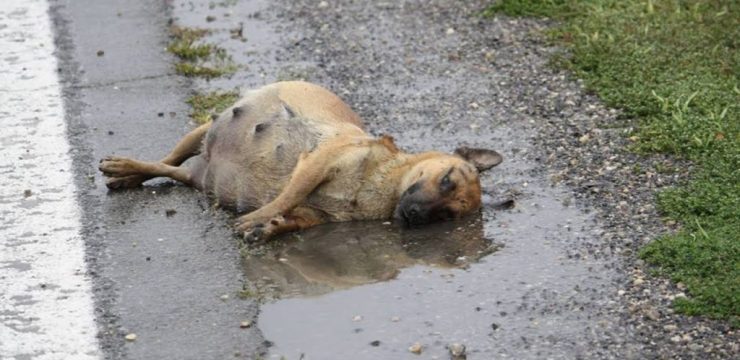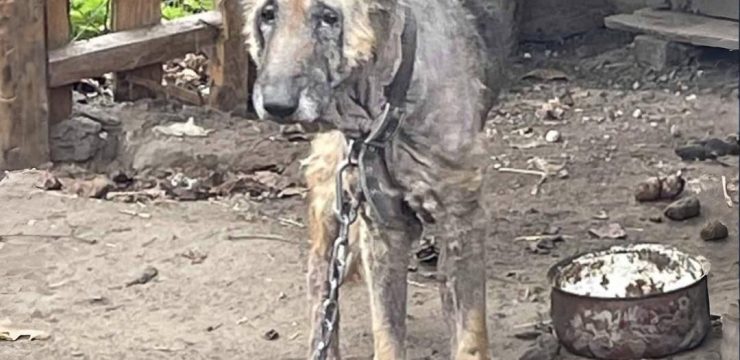Imagine you’re wandering through the woods — maybe you’ve strayed a little off the trail, perhaps you’re foraging for mushrooms, or simply enjoying a quiet afternoon. Then, out of nowhere, you spot what looks like a human hand clawing its way out of the earth. The blackened, gnarled “fingers” poke through the leaf litter like something straight from a horror film. Your heart races and your mind jumps to the worst conclusion: there’s a body.

But there’s no crime scene here — you’ve just stumbled upon one of the forest’s strangest inhabitants: Dead Man’s Fingers.
These unsettling fungi, known scientifically as Xylaria polymorpha, earn their eerie nickname from their uncanny resemblance to human digits. I first saw them on a damp autumn day, the air heavy with the scent of decay. Fallen leaves clung to my boots as I poked around a rotting tree stump. There, clustered together, were several charcoal-colored growths spread out in a disturbingly hand-like arrangement. For a moment, I froze, then curiosity won over and I crouched down for a closer look.
What Exactly Are Dead Man’s Fingers?
They’re not your fairy tale mushrooms with bright red caps and white spots. Instead, they look more like burnt sausages or shriveled tree roots caught mid-transformation into skeletal hands. These fungi grow from the bases of dead hardwood trees, especially stumps and underground roots, quietly recycling the forest’s debris.
Unlike parasitic fungi that damage living plants, Dead Man’s Fingers are saprophytes — they thrive on dead organic matter. By breaking down tough, decaying wood, they help return nutrients to the soil, making them vital players in the forest’s natural cycle.
When young, they’re soft, pale, and a little fleshy. As they mature, they harden and darken to an almost coal-black color, often with lighter or whitish tips that make them look even more finger-like. They’re usually only one to two inches tall, but when growing in groups, they can give the eerie impression of a skeletal hand emerging from the earth.
Can You Eat Them?
Absolutely not — and not because they’re poisonous. While they’re technically non-toxic, they’re incredibly tough and woody, making them about as appetizing as chewing on a stick. Even if dried and ground, they’d be unpleasantly bitter. The takeaway? Just because something isn’t poisonous doesn’t mean it belongs on your plate.
Are They Safe to Touch?
Yes, touching them won’t harm you. They won’t cause a rash or ooze anything nasty. Still, as with all wild fungi, it’s wise to wash your hands afterward — especially during “spore season,” when airborne particles can trigger allergies.
Where and When to Spot Them
Dead Man’s Fingers can be found from late summer into fall, though once they’ve hardened, they may persist through winter, even poking up through snow. Look for them at the base of rotting stumps or near the roots of hardwoods like oak, beech, or maple. They prefer shady, damp areas where decay is well underway.
Why Do They Look Like Fingers?
The resemblance is purely coincidental. They’re not trying to mimic human anatomy — their shape is simply a result of how they grow and disperse spores. Still, the pale tips can sometimes resemble fingernails, which adds to their creepy reputation.
Why You Should Appreciate Them
If you can get past their unsettling look, these fungi are fascinating and incredibly useful. By breaking down some of the toughest materials in the forest, they create rich, fertile soil that supports new plant life. In other words, beneath their horror-movie appearance lies an essential part of nature’s cleanup crew.
So, the next time you’re hiking and spot what appears to be a skeleton’s hand pushing up from the ground, don’t panic. Snap a photo, admire the weirdness, and know you’ve met Xylaria polymorpha — Dead Man’s Fingers. They might look like something from your nightmares, but they’re really just nature doing its recycling work in the most unsettling way possible.





